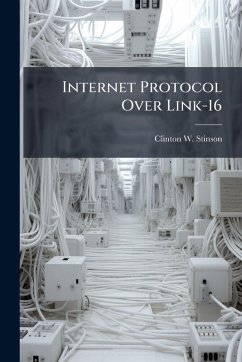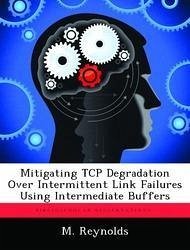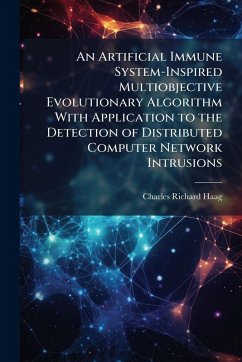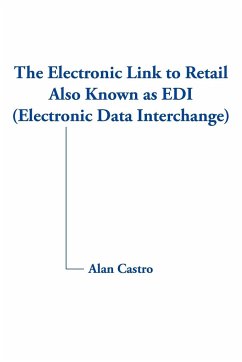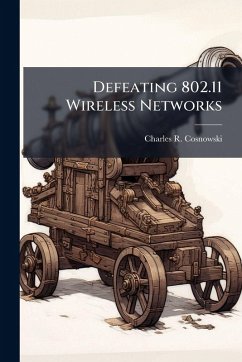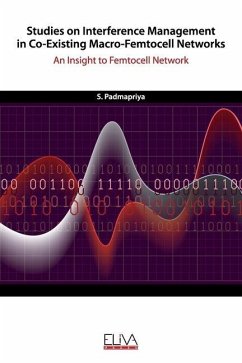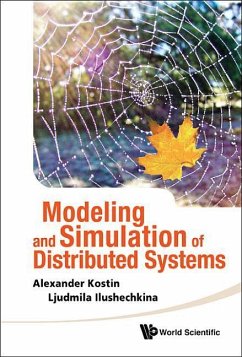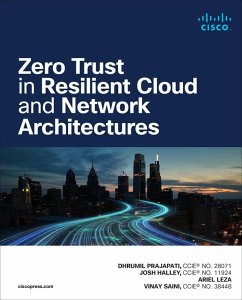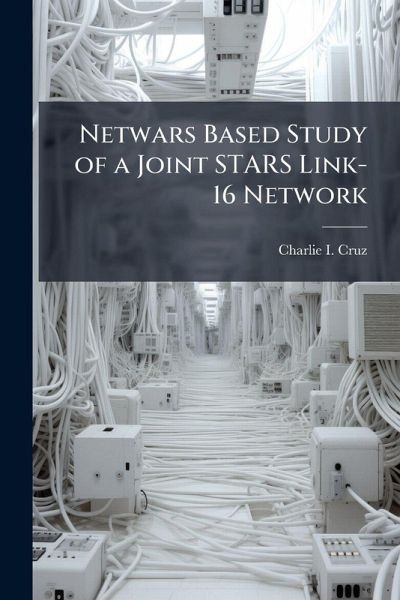
Netwars Based Study of a Joint STARS Link-16 Network
Versandkostenfrei!
Versandfertig in über 4 Wochen
15,99 €
inkl. MwSt.
Weitere Ausgaben:

PAYBACK Punkte
8 °P sammeln!
Both secure and anti-jam resistant, the Link-16 is the primary communications channel used by the Joint Surveillance Target Attack Radar System (Joint STARS) for the exchange of real-time tactical data among various ground, air, and sea platforms of the United States of America and North Atlantic Treaty Organization forces. This research explored the effect of increasing network traffic for imagery transfer to the mean delay when operating under different network topologies. Using Network Warfare Simulation (NETWARS), three different missions were simulated to run on five network topologies ha...
Both secure and anti-jam resistant, the Link-16 is the primary communications channel used by the Joint Surveillance Target Attack Radar System (Joint STARS) for the exchange of real-time tactical data among various ground, air, and sea platforms of the United States of America and North Atlantic Treaty Organization forces. This research explored the effect of increasing network traffic for imagery transfer to the mean delay when operating under different network topologies. Using Network Warfare Simulation (NETWARS), three different missions were simulated to run on five network topologies having a different number of participants, different assigned time slots, and stacked nets. As a result, this study determined that the Link-16 network is able to handle the increase in network traffic, from 30 kilobits per second to 50 kilobits per second, when using multiple stacked net configurations while assigning an adequate number of time slots. However, because each participant is limited to 128 time slots per second, the increased network traffic limits the communication ability of other participants. This work has been selected by scholars as being culturally important, and is part of the knowledge base of civilization as we know it. This work was reproduced from the original artifact, and remains as true to the original work as possible. Therefore, you will see the original copyright references, library stamps (as most of these works have been housed in our most important libraries around the world), and other notations in the work. This work is in the public domain in the United States of America, and possibly other nations. Within the United States, you may freely copy and distribute this work, as no entity (individual or corporate) has a copyright on the body of the work. As a reproduction of a historical artifact, this work may contain missing or blurred pages, poor pictures, errant marks, etc. Scholars believe, and we concur, that this work is important enough to be preserved, reproduced, and made generally available to the public. We appreciate your support of the preservation process, and thank you for being an important part of keeping this knowledge alive and relevant.



